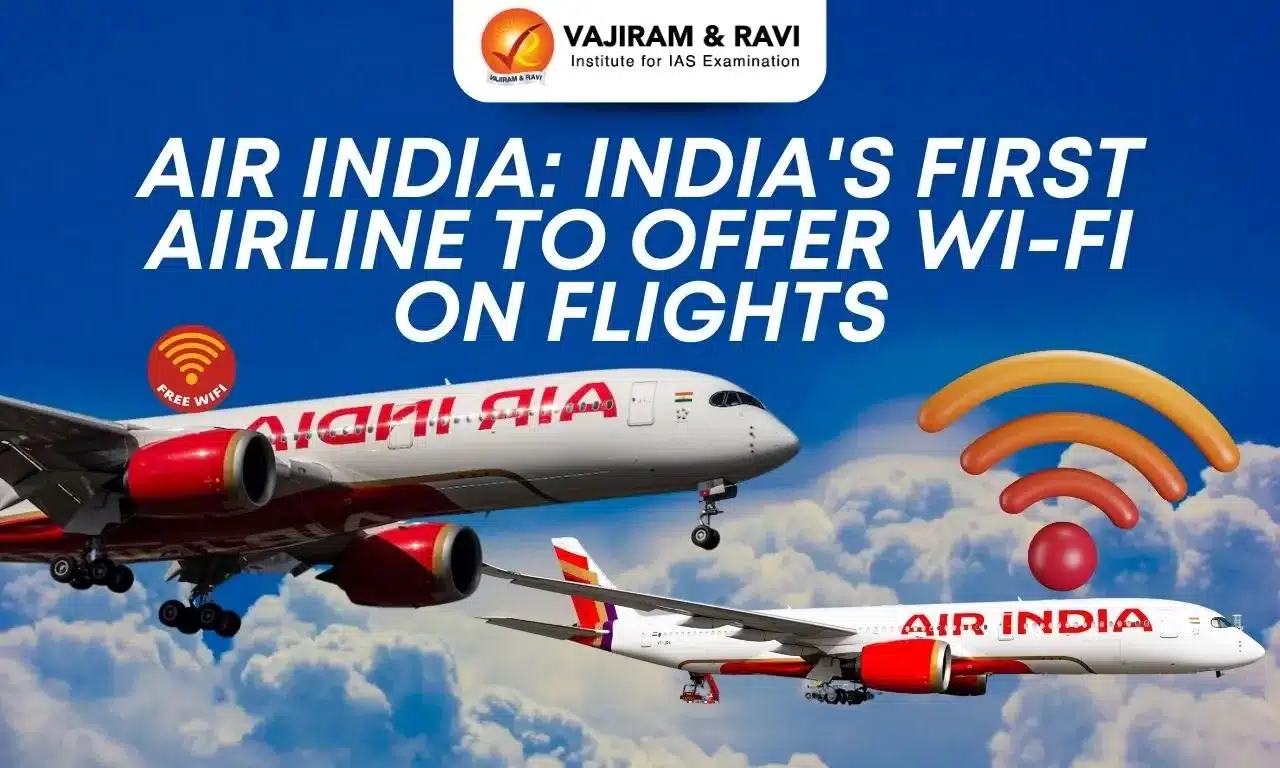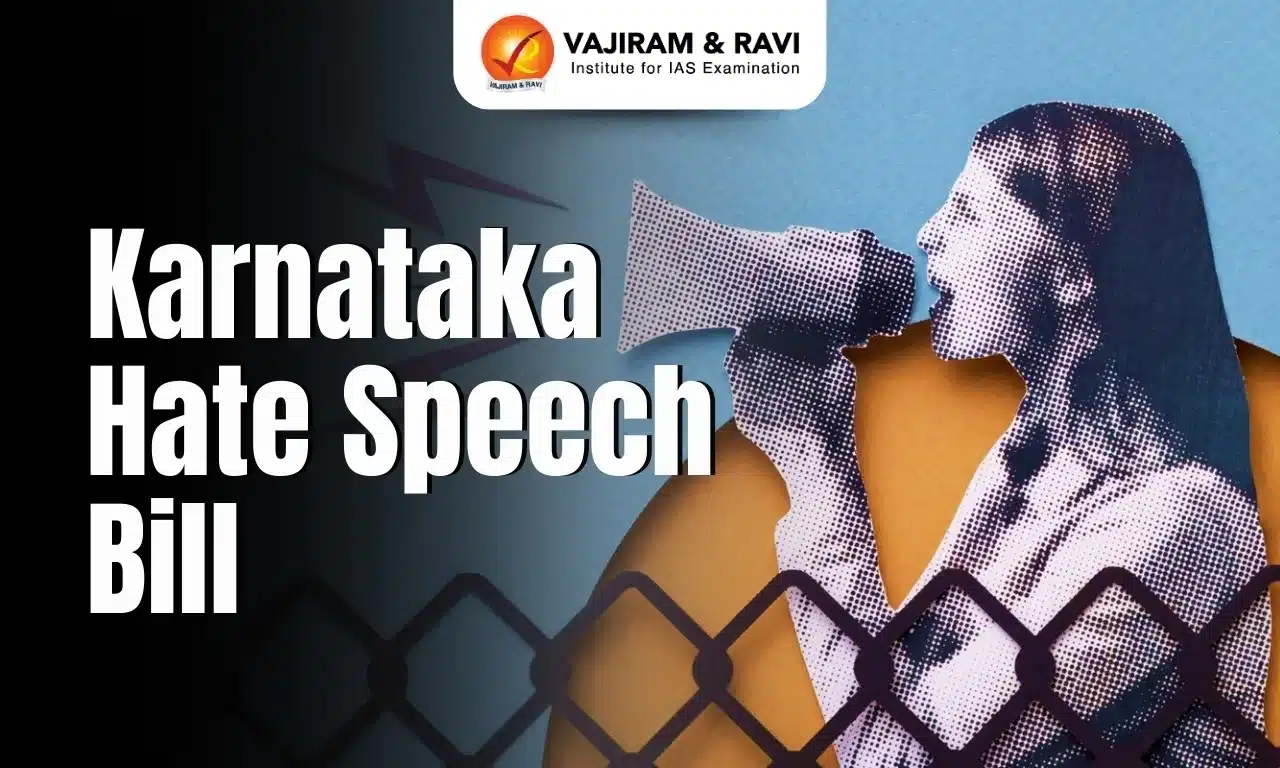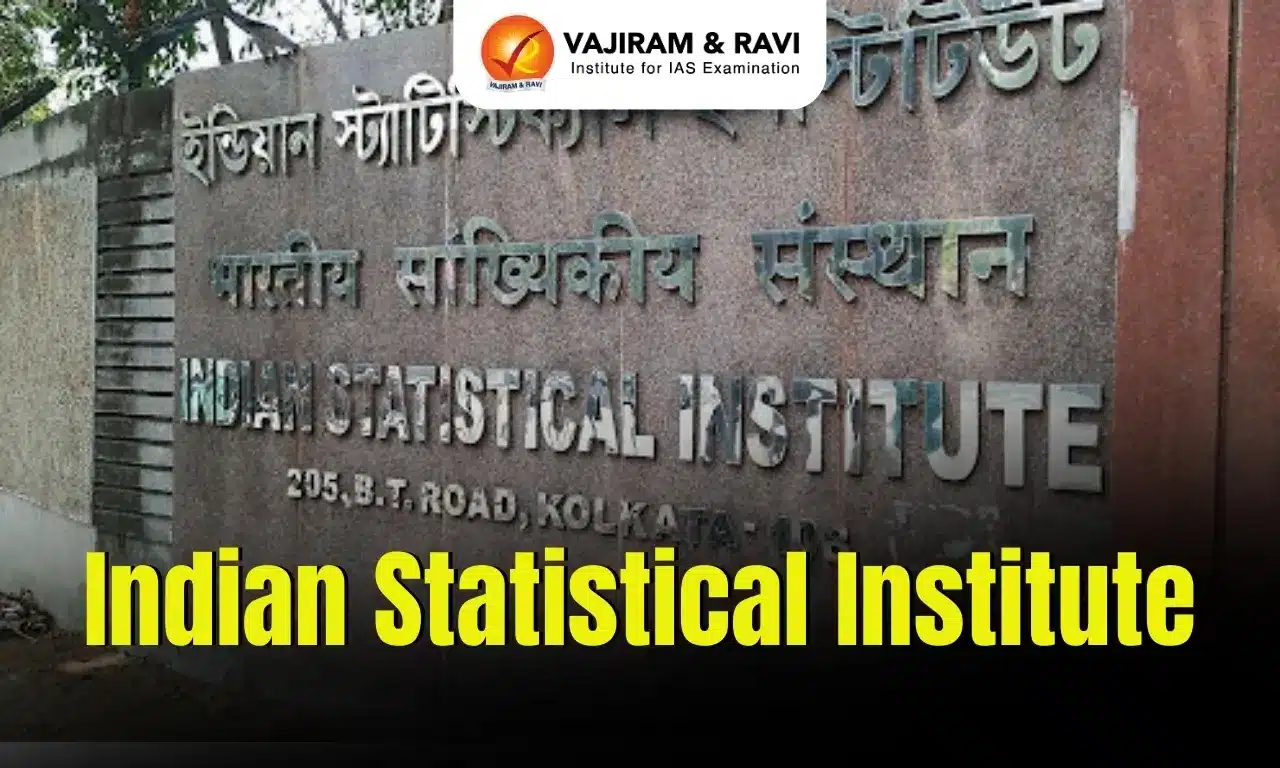What’s in today’s article?
- Why in News?
- Air India Expands Wi-Fi Services to Domestic Flights
- Technologies Behind In-Flight Connectivity
- How In-Flight Wi-Fi Works?
- Costs and Challenges of Installing In-Flight Wi-Fi
Why in News?
Air India has become the first Indian airline to offer Wi-Fi internet connectivity on select domestic and international flights. Initially, the service will be free on select domestic flights during a limited introductory period, with plans to expand to other aircraft in the fleet.
Air India Expands Wi-Fi Services to Domestic Flights
- Air India will now offer Wi-Fi connectivity on its Airbus A350, Boeing 787-9, and select Airbus A321neo aircraft.
- These aircraft, including those inherited from Vistara after their merger in November 2024, are equipped with the necessary hardware to provide onboard internet.
- Previously, Vistara offered this service on select international flights via Nelco and Panasonic Avionics Corporation, a collaboration now extended to Air India’s domestic flights.
- Passengers can access Wi-Fi by enabling it on their devices, connecting to the ‘Air India Wi-Fi’ network, and entering their PNR and last name on the redirected portal.
- This rollout, initially part of a pilot program on international flights, represents a significant step in Air India’s ambition to enhance passenger experience and align with global standards.
Technologies Behind In-Flight Connectivity
- Ground-Based Cellular Towers (Air-to-Ground Technology)
- Utilizes antennae, typically mounted on the aircraft’s belly, to connect with nearby ground towers.
- Functions similarly to how devices access wireless internet on the ground.
- Offers stable connectivity unless the aircraft flies over large water bodies, deserted land, or areas with sparse cellular towers.
- Limited by the availability of ground towers.
- Satellite-Based Connectivity
- Internet is transmitted from ground stations to aircraft via satellites, using antennae on top of the aircraft.
- Provides broader coverage, especially over regions without ground towers, such as oceans or remote areas.
- Increasingly popular due to its wider and more reliable coverage.
How In-Flight Wi-Fi Works?

- Signal Transmission Inside the Aircraft
- Passengers’ devices connect to multiple Wi-Fi antennae located in the cabin.
- Signals are sent from these antennae to an onboard server.
- This process is common for both ATG and satellite-based systems.
- Satellite-Based Connectivity Process
- Signals from the onboard server are transmitted via an antenna on top of the aircraft to a satellite.
- The satellite relays the signals to a ground station/teleport.
- Response signals follow the reverse path back to the aircraft through the satellite.
- Air-to-Ground (ATG) Connectivity Process
- Signals from the onboard server are directly sent to ground cellular towers using an antenna beneath the aircraft.
- Towers respond by transmitting signals back to the aircraft.
- Speed Limitations and Future Developments
- In-flight Wi-Fi is slower than ground internet, but advancements in technology are gradually improving its speed and reliability.
Costs and Challenges of Installing In-Flight Wi-Fi
- Equipment Installation Costs
- Airlines face high initial costs to install antennae on aircraft.
- Retrofitting older planes can disrupt operations, making installation on new aircraft more practical.
- Air India’s $400-million retrofit programme presents an opportunity to equip older planes with Wi-Fi as part of the overhaul.
- Existing Wi-Fi-Enabled Aircraft
- Air India’s current Wi-Fi-enabled planes are newer models, already equipped with the necessary hardware, unlike its older legacy fleet.
- Global Practices for Onboard Wi-Fi
- Many airlines offer a small volume of free Wi-Fi before charging customers for data packs, which are often expensive.
- Some provide free or unlimited Wi-Fi to loyalty programme members, as well as business and first-class passengers.
- Air India’s Current Approach
- Air India is offering free Wi-Fi for a limited introductory period but has not disclosed when charges will apply.
- Future Revenue Potential
- Growing demand for in-flight Internet positions it as a lucrative ancillary revenue stream.
- Complimentary Wi-Fi for economy class passengers is unlikely to become a widespread practice in the near to medium term due to high installation costs.
Q.1. What technologies enable in-flight internet connectivity?
Two main technologies power in-flight Wi-Fi: Air-to-Ground (ATG) technology, which uses ground-based cellular towers, and satellite-based connectivity, which transmits signals via satellites for wider coverage, especially over remote areas.
Q.2. How does satellite-based connectivity differ from ATG technology?
Satellite-based connectivity uses an antenna on top of the aircraft to transmit signals to satellites, offering coverage in remote areas, whereas ATG technology connects to ground towers and is limited by tower availability.
Last updated on November, 2025
→ Check out the latest UPSC Syllabus 2026 here.
→ Join Vajiram & Ravi’s Interview Guidance Programme for expert help to crack your final UPSC stage.
→ UPSC Mains Result 2025 is now out.
→ UPSC Notification 2026 is scheduled to be released on January 14, 2026.
→ UPSC Calendar 2026 is released on 15th May, 2025.
→ The UPSC Vacancy 2025 were released 1129, out of which 979 were for UPSC CSE and remaining 150 are for UPSC IFoS.
→ UPSC Prelims 2026 will be conducted on 24th May, 2026 & UPSC Mains 2026 will be conducted on 21st August 2026.
→ The UPSC Selection Process is of 3 stages-Prelims, Mains and Interview.
→ UPSC Result 2024 is released with latest UPSC Marksheet 2024. Check Now!
→ UPSC Prelims Result 2025 is out now for the CSE held on 25 May 2025.
→ UPSC Toppers List 2024 is released now. Shakti Dubey is UPSC AIR 1 2024 Topper.
→ UPSC Prelims Question Paper 2025 and Unofficial Prelims Answer Key 2025 are available now.
→ UPSC Mains Question Paper 2025 is out for Essay, GS 1, 2, 3 & GS 4.
→ UPSC Mains Indian Language Question Paper 2025 is now out.
→ UPSC Mains Optional Question Paper 2025 is now out.
→ Also check Best IAS Coaching in Delhi

















